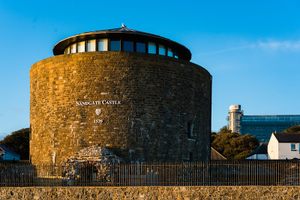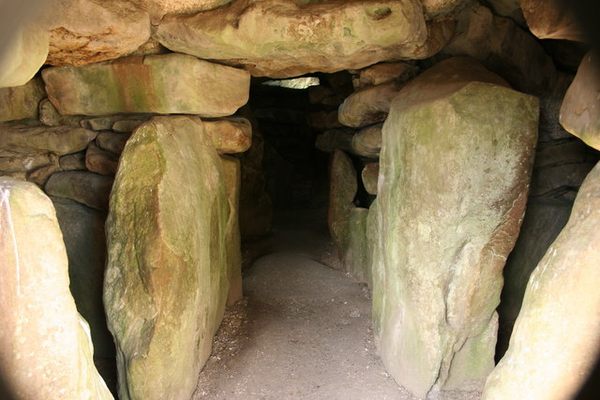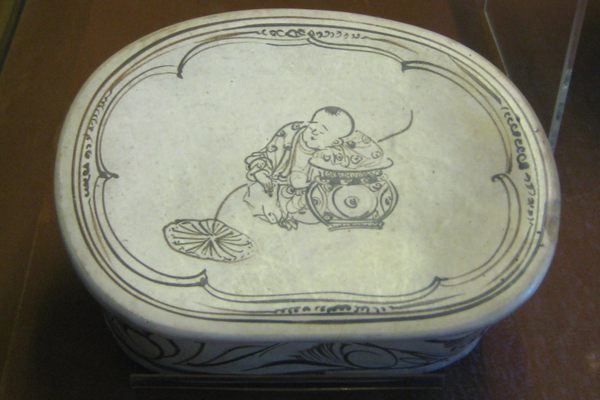About
In 1906, workmen accidentally unearthed this skeleton and 40 others on a hill while constructing a road. They also discovered rusted swords and spears, pottery shards, bronze jewelry, and even shreds of the long-dead humans’ clothing.
A pathologist who examined the site determined the workmen had discovered a mass grave containing the remains of men, women, and children. A historian contended the grave dated back to the Anglo-Saxon age. Most of the bones were reburied; however, it was decided that one skeleton would be kept and displayed to the public at the town's museum.
The skeleton chosen for display had been dug from the earth within a block of mud, which left it more intact than some of the other skeletons. Upon excavation, it was revealed this individual had been buried with several ornaments such as brooches, hairpins, and a belt that indicated that she was a woman of high status. The skeleton was affectionately named Aefre, which translates to "Forever" in Old English, the Germanic language she and her people would have spoken.
Aefre died sometime between the years 410 and 660. Biological anthropologists analyzing the bones suggest she was approximately 35 to 40 years old when she died of an illness that, as of yet, has not been determined. Although this might seem a remarkably young age for someone to die by today’s standards, the average life expectancy of a woman during the Dark Ages rarely exceeded 33 years.
Aefre lived at a time when the landscape of Folkestone would have appeared differently to what it is now. Back then, thick woodland covered land now occupied by houses and farmland, and deer and wolves lurked within the tangles of trees.
But beyond the obvious landscape changes, the wide time-frame of the years in which Aefre lived and died poses some intriguing questions about cultural and spiritual changes she may have been a witness to. If she had lived before the year 601, she would have likely had a cosmovision that included beliefs in pagan deities. Conversely, if she had lived after the year 601, she would have likely witnessed the overthrow of the gods of old and seen the rise of Christianity within the Anglo-Saxon world.
For more than a century, Aefre has been on display at the Museum of Folkestone. Whatever her story may have been, she continues to enchant visitors to the museum, where she can be seen on the lower floor, taking pride of place in the center of the galleries.
Related Tags
Know Before You Go
The museum is easy to find as it is located in the center of the town next to the town hall. Opening hours are from 10:00 a.m. to 4:00 p.m. from Monday to Saturday and entry is free.
Published
November 22, 2018


































